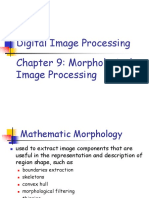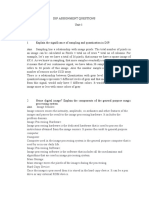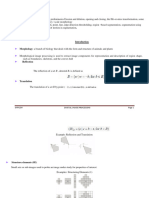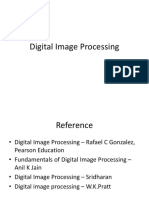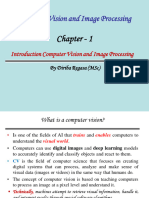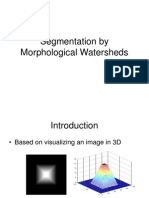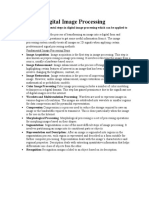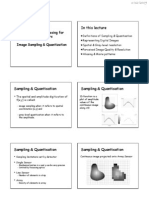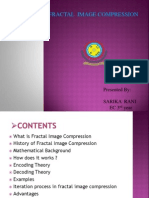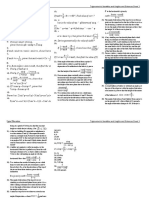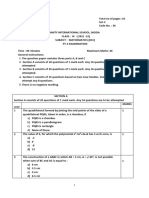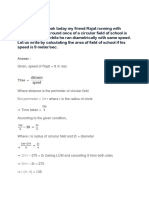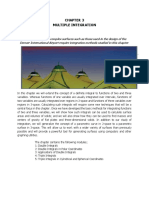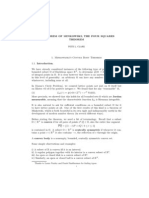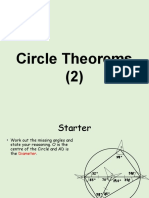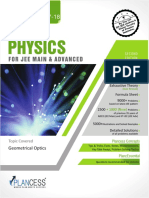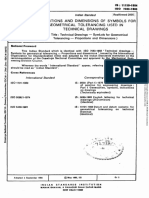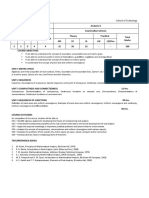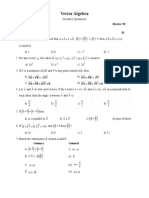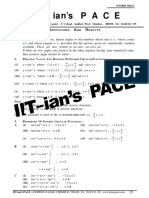100% found this document useful (1 vote)
878 views48 pagesBinary Shape Analysis
This document provides an outline and overview of topics related to a midterm exam on binary shape analysis. Key points include:
- The midterm will cover topics like image formation, preprocessing, and segmentation from chapters 2, 5, and 6.
- Sample midterm questions are provided related to concepts like the Hough transform, edge detection, and thresholding.
- An upcoming class will discuss research strategies and Assignment 2 will involve segmentation techniques.
- Mathematical morphology is introduced as a tool for binary and grayscale image analysis using set operations like dilation and erosion. Basic morphological operators and their applications in preprocessing and segmentation are described.
Uploaded by
lubna_java2858Copyright
© © All Rights Reserved
We take content rights seriously. If you suspect this is your content, claim it here.
Available Formats
Download as PDF, TXT or read online on Scribd
100% found this document useful (1 vote)
878 views48 pagesBinary Shape Analysis
This document provides an outline and overview of topics related to a midterm exam on binary shape analysis. Key points include:
- The midterm will cover topics like image formation, preprocessing, and segmentation from chapters 2, 5, and 6.
- Sample midterm questions are provided related to concepts like the Hough transform, edge detection, and thresholding.
- An upcoming class will discuss research strategies and Assignment 2 will involve segmentation techniques.
- Mathematical morphology is introduced as a tool for binary and grayscale image analysis using set operations like dilation and erosion. Basic morphological operators and their applications in preprocessing and segmentation are described.
Uploaded by
lubna_java2858Copyright
© © All Rights Reserved
We take content rights seriously. If you suspect this is your content, claim it here.
Available Formats
Download as PDF, TXT or read online on Scribd
/ 48
